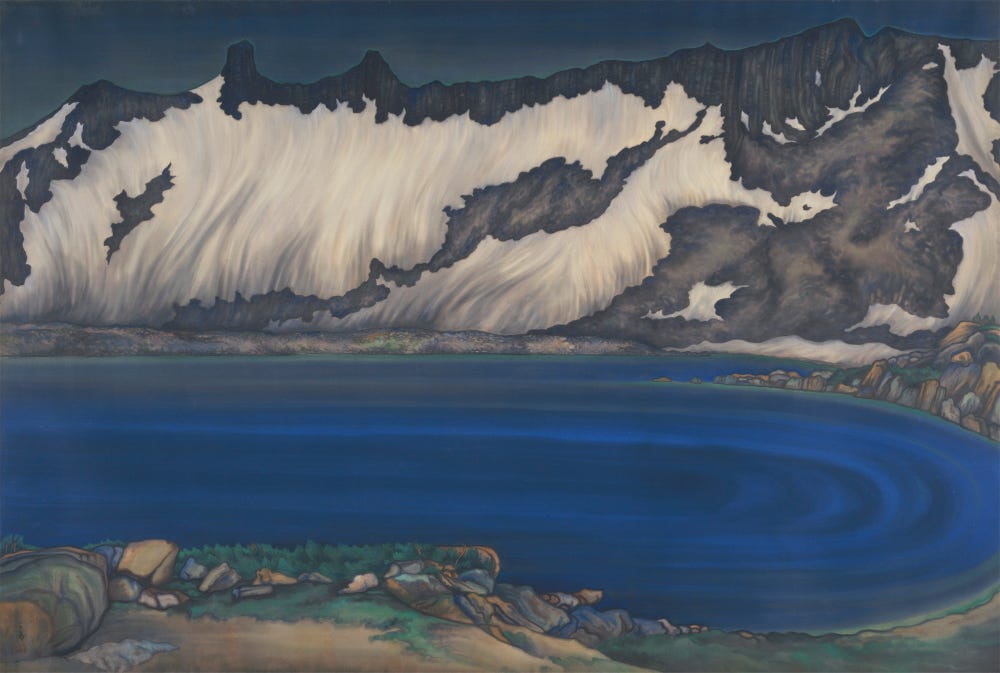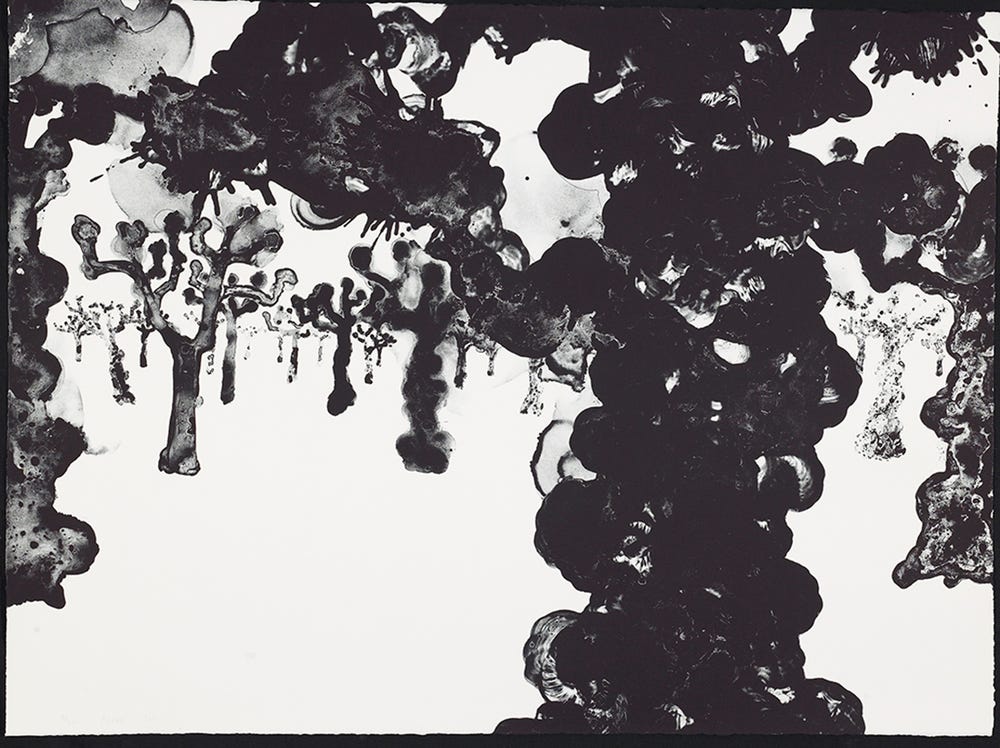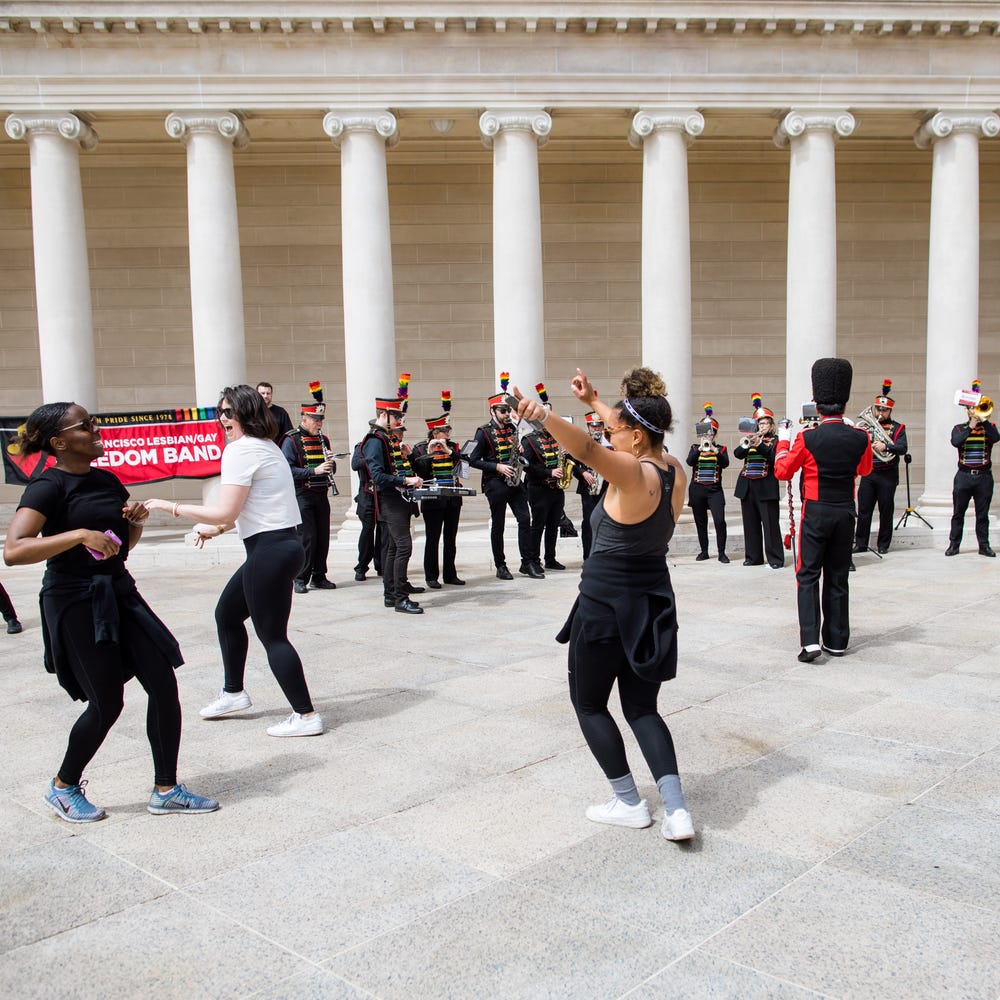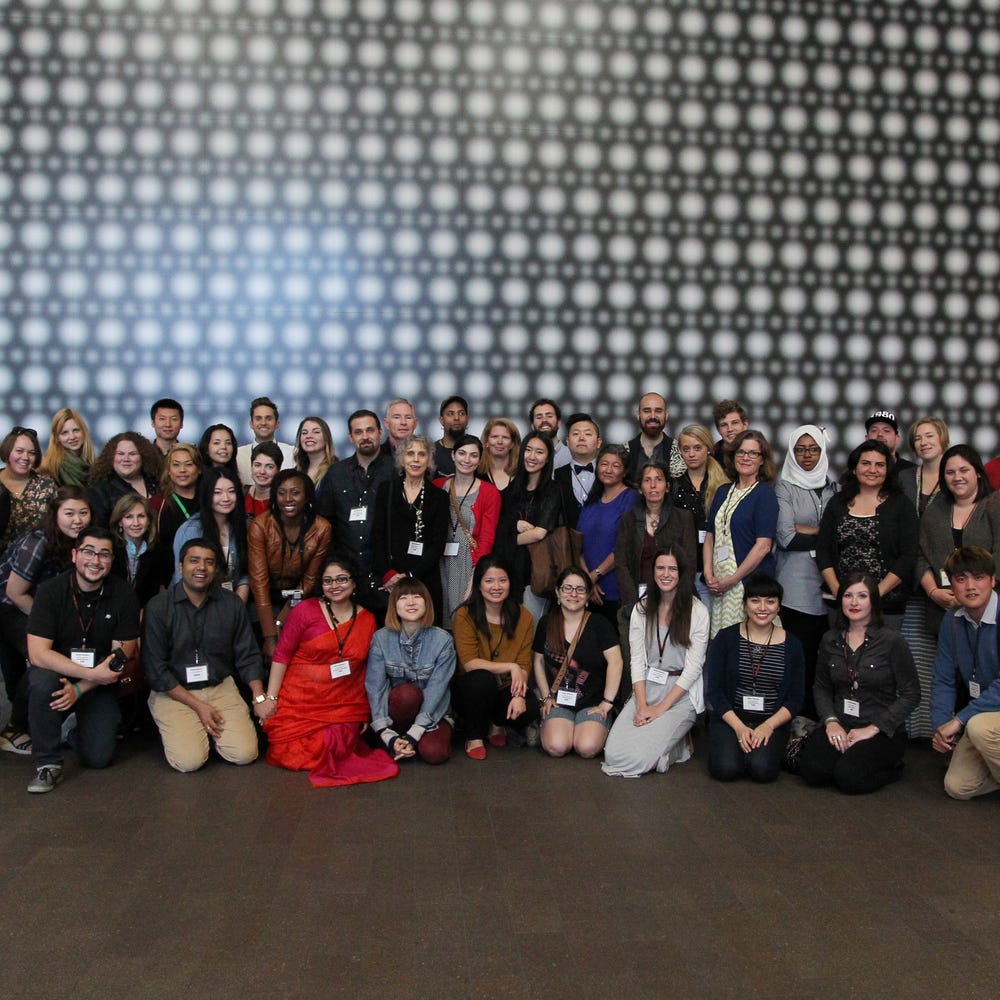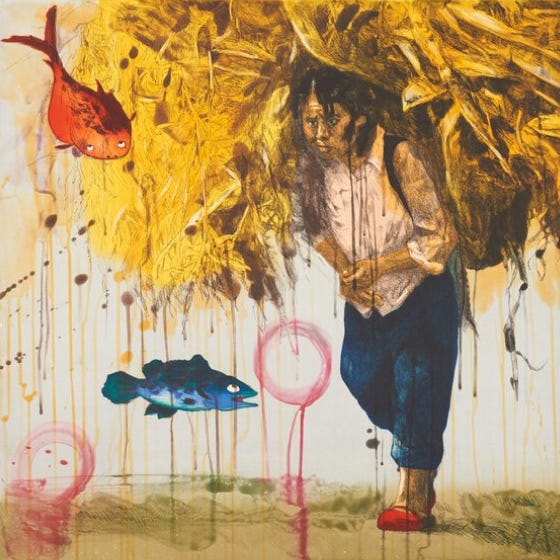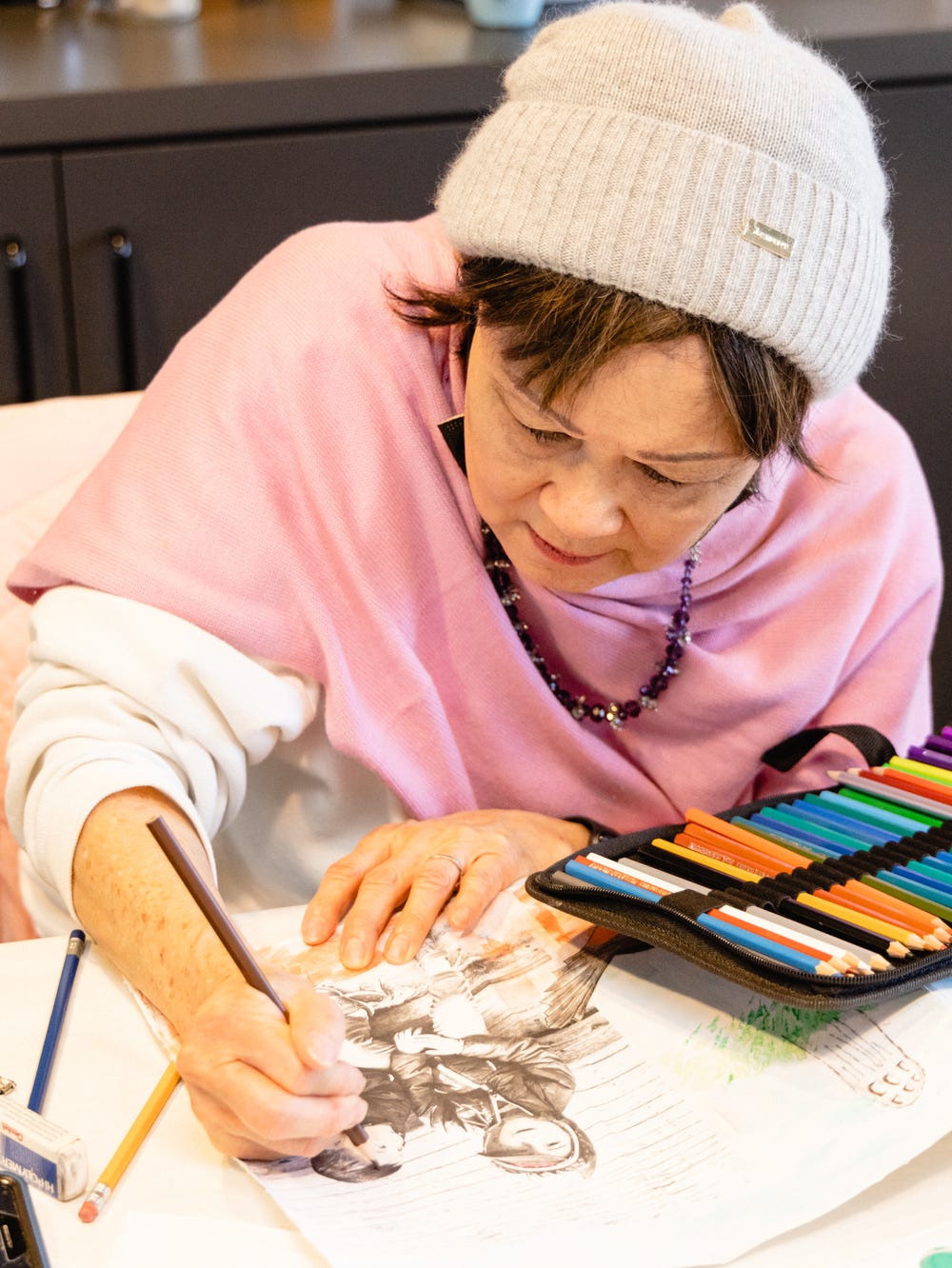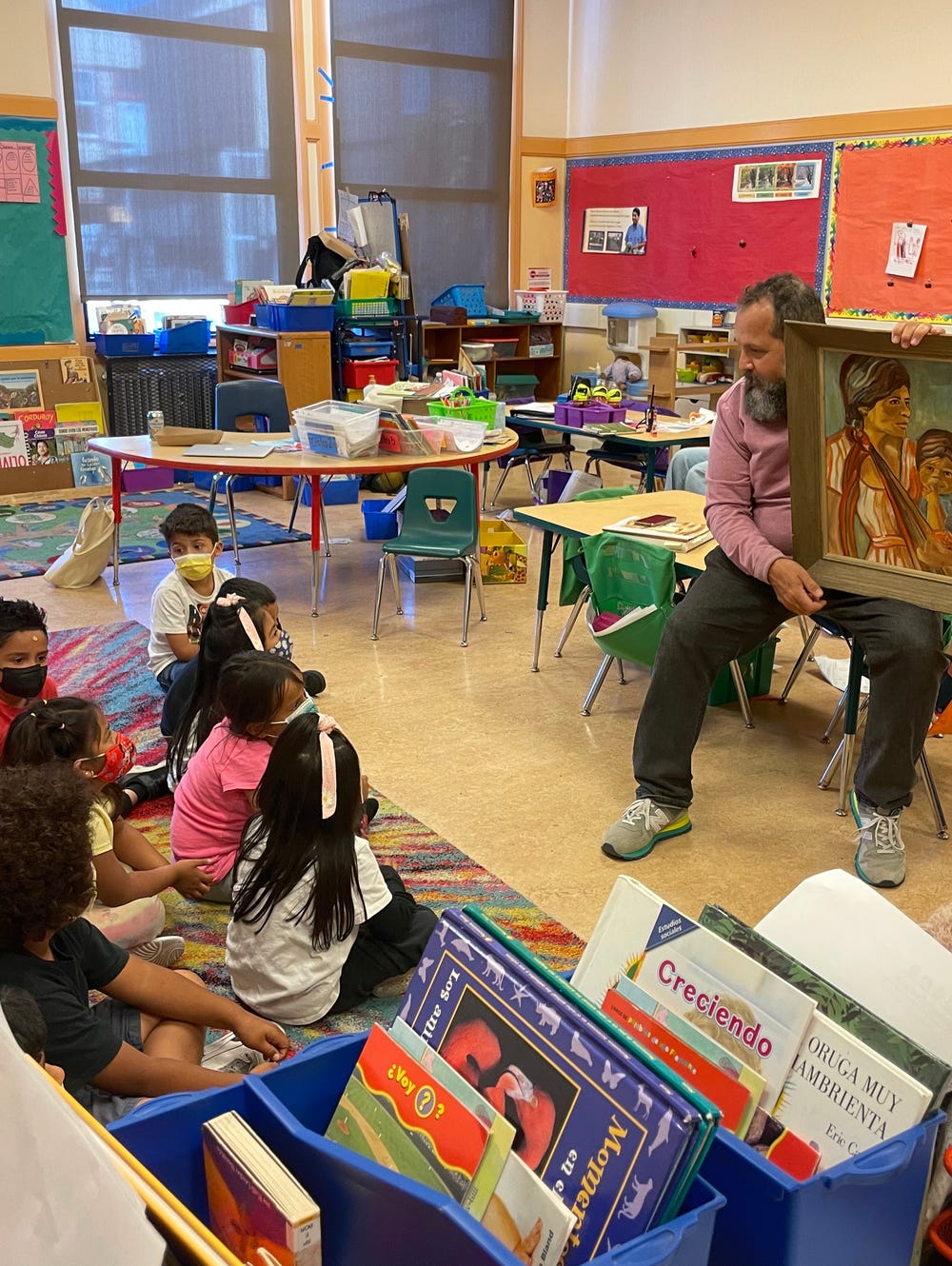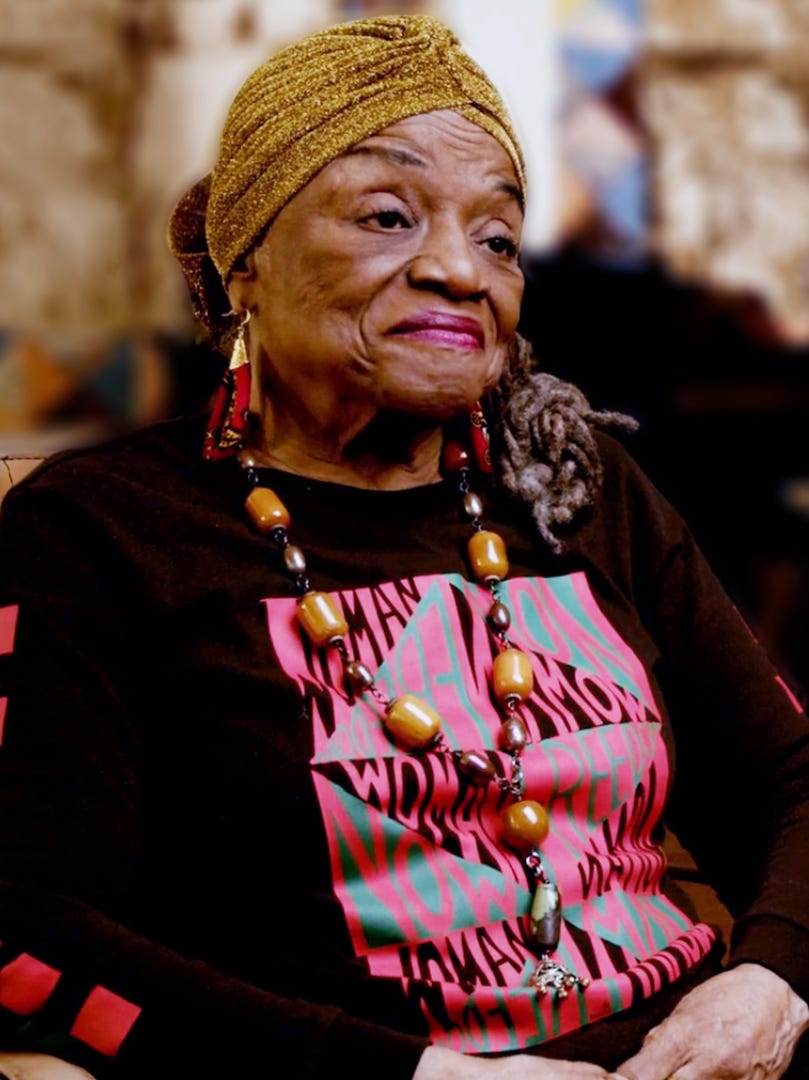Statement of Solidarity with AAPI Communities
By Thomas P. Campbell and Meghan McCauley
March 26, 2021
We write today in solidarity with Asian Americans and Pacific Islanders and join those condemning the appalling acts of racism, violence, and discrimination committed against these communities across the nation.
Ten long, sad days have now passed since a mass shooting took the lives of eight people, including six Asian American women, in Atlanta, GA. This hate crime is simultaneously devastating and unsurprising, part and parcel with the rise in xenophobia and violence against members of our nation’s AAPI (Asian American and Pacific Islander) communities that have unfolded over the course of this traumatic year. We know that the grief and anger extends far beyond Georgia’s borders. For us, this is personal, with so many violent attacks taking place here in San Francisco, Oakland, and the greater Bay Area. This hits close to home.
The Bay Area is known for its diversity—more than 23% of the population is AAPI, a number that increases to more than 30% in San Francisco. Yet, with this increased presence comes increased hostility. While our city is home to one of the largest Asian American populations in the country, the larger region is simultaneously the birthplace of the Page Act, the first restrictive federal immigration law in the United States, which barred Chinese women from immigrating into the country in 1875 and served as a template for future exclusionary legislation. The recent attacks have deep roots in the histories of our city, our state, and the nation.
Considered in relation to our present moment, the biographies of the Bay Area Japanese American artists Chiura Obata (1885–1975) and Ruth Asawa (1926–2013) include sobering reminders of the long-standing histories of discrimination, racism, and violence against our nation’s AAPI communities. Both artists were interned following Executive Order 9066, which imprisoned 110,000 people of Japanese ancestry, nearly two-thirds of them US citizens, in camps during World War II. Today, Chiura Obata and Ruth Asawa are acclaimed as important and influential modern artists. Their extraordinary artworks are a testament not only to their respective contributions to the history of art, but also to the vitality and resilience of their spirits. The Fine Arts Museums are fortunate to hold multiple masterpieces by both artists in our collection, and as the Bay Area grieves and grapples with the violence that we are witnessing around us, we invite you to consider Obata’s and Asawa’s histories and artworks as sources of reflection and inspiration.
Chiura Obata, Lake Basin in the High Sierra, ca. 1930. Ink and color on silk mounted on paper, 69 1/2 x 102 1/2 in. (176.5 x 260.4 cm). Fine Arts Museums of San Francisco, Museum purchase, Dr. Leland A. and Gladys K. Barber Fund, 2000.71.1. Courtesy of the Obata Family
Obata, the Bay Area’s greatest master of sumi-e, or brush-and-ink painting, was a founder of the East West Art Society and a prominent faculty member at the University of California, Berkeley. While interned with his family in Topaz, Utah, he founded an art school to provide hope and inspiration for his fellow internees of all ages. Following the war, he and his wife, Haruko, conducted cultural tours of Japan for Americans, hoping to foster cross-cultural understanding.
Asawa, later internationally renowned for her innovative wire sculptures, was only sixteen when she and her family were forced to leave their Norwalk, California farm for internment in the Rohwer camp outside McGehee, Arkansas. Following her studies at the legendary Black Mountain College in North Carolina, she moved to San Francisco, where she became influential, not only for her sculptures, but also for her belief in the transformative power of public art and art education. Her deep ties to the city, manifested through her numerous public commissions and her dedicated efforts to create art programs in the public schools, culminated in the city and county declaring February 12, 1982, as Ruth Asawa Day, an acknowledgment of her significant contributions to the city as an artist and teacher.
Ruth Asawa, Plane Trees II, 1965. Lithograph on Rives BFK paper, 22 1/4 x 30 1/4 in. (56.5 x 76.8 cm). Fine Arts Museums of San Francisco, Gift of Ruth Asawa and Family, 2007.28.9. © 2021 Estate of Ruth Asawa / Artists Rights Society (ARS), New York. Courtesy of the Estate of Ruth Asawa and David Zwirner Gallery, New York
Over the course of the past year, our country’s long-overdue reckoning with systemic racism has compelled us to think critically about what we share in the galleries of the de Young and Legion of Honor. While artworks by Asian American and Pacific Islander artists have long held places of pride in our collection, the production and contributions of these artists have too often been overshadowed by prevailing art historical narratives that center white male artists. We at the Fine Arts Museums must do more to elevate AAPI artists through acquisitions, through our exhibition program, and through our engagement and partnerships with Bay Area artists. As we reinstall our collections at the de Young and Legion of Honor in the months and years ahead, this commitment will inflect our thinking at every turn.
As we pursue our own commitment with urgency and zeal, we would like to recognize and amplify the meaningful work and deep commitments of our colleagues at the Asian Art Museum and at Stanford University in promoting the voices of AAPI artists. We admire the platforms that the Asian Art Museum has provided, and the hub of study that Stanford and the Cantor Arts Center have created with the launch of their Asian American Art Initiative. They are among the many institutions in the Bay Area and nationwide who center AAPI communities and perspectives in their work.
We stand in solidarity with our AAPI staff, colleagues, members, artists, visitors, neighbors, and every member of these communities whose very presence defines and shapes so much of our city’s singular culture. Last summer, we pledged that evolving the Fine Arts Museums into an anti-racist institution would be our top objective. Today, we return to affirm that our anti-racist work includes combating racism against Asian Americans and Pacific Islanders. As we seek to meet our mission to connect our visitors with local and global art in order to promote their knowledge and curiosity about the past, deepen their engagement with the art and ideas of today, and stimulate their creative agency in their own futures, we will push ourselves further to celebrate the work of AAPI artists, advocate for visibility, justice, and peace for AAPI communities, and provide an inclusive and welcoming museum for all members of our community.
Thomas P. Campbell, Director and CEO
Meghan McCauley, Director of Membership
